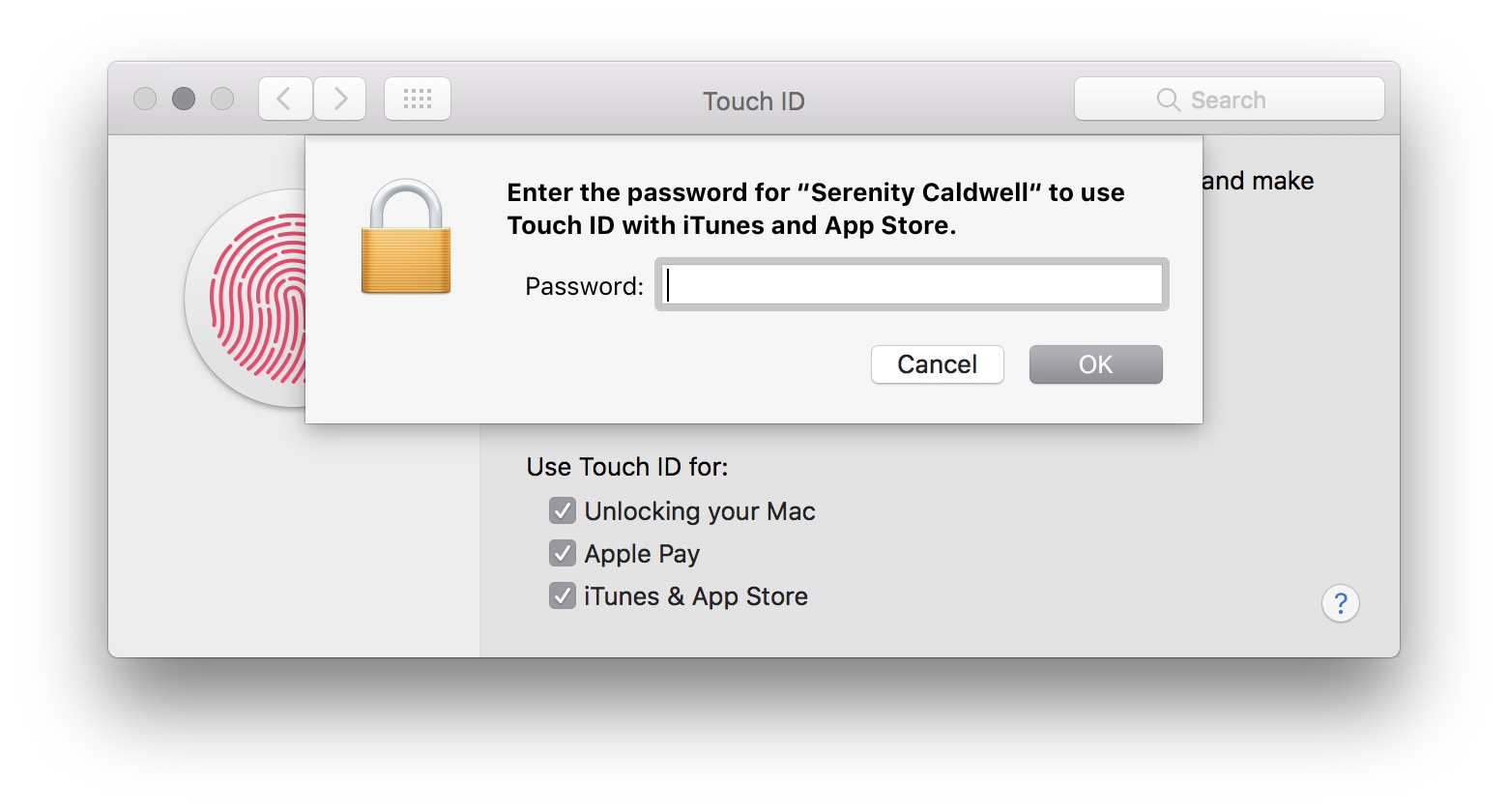Jun 12, 2017 Using password autofill in apps. To use in-app password autofill in iOS 11, you need to have already saved that password. This is done right now by allowing Safari to save passwords when you log.
In order to make multiple accounts safe and secure, macOS compartmentalizes your data and settings, linking them to your user ID. That way, you can keep a shared Mac in the living room or somewhere else accessible to the whole family. Everyone can use it, but each person's data is siloed from other members of the family.
Setting up multiple users on a Mac is just as applicable to work situations where more than one employee has to use the same Mac. Individual user accounts provide the best protection for everyone: They ensure that no one accidentally deletes your data or sees information they're not supposed to see.
Note: The Managed with Parental Controls account option is the best for kids, giving parents a lot of control over how their children can access the Internet and use their Mac. To understand more how parental controls work on the Mac, read the link below!
How to set up multiple users on your Mac
- Select System Preferences in your dock.
Click on Users & Groups.
Source: iMore
- Click on the lock icon in the lower left-hand corner of the Users & Groups window.
Enter your administrative password, and click the Unlock button.
Source: iMore
- Click the plus button at the bottom of the user list.
- Under New Account, select the account type. Administration can create new user accounts, can install apps and can change settings. Standard users can install apps and can change their settings only. Sharing only users can access shared files only. Managed with Parental Controls is pretty self-explanatory. Groups provide the same access privileges to more than one user.
- Enter the full name of the new user.
Enter an account name. The account name can be something else; this is what will be used for the name of the user's home folder.
You can tie this new account to their iCloud password if you know their iCloud ID. You can also have a separate password for this new account.
Click on Create User when you're done.
Source: iMore
We may earn a commission for purchases using our links. Learn more.
Can You Put Passwords On Apps On Mac Free
We are openApple Sanlitun, Apple's newest store in China, is opening today
Apple has announced that its newest retail store, Apple Sanlitun in Bejing, is opening to customers in the area later today.
Can You Put Passwords On Apps On Mac Iphone
Sometimes it can be useful to password protect the apps you want to increase your privacy on iPhone or iPad. This procedure is easily implemented thanks to updates from iOS 12 onwards, with which a new feature has been introduced: we are talking about Screen Time. Thanks to this you can put passwords to the app on iPhone or iPad. Do not know how to do it? Do not worry, we are here for this and we will be happy to explain it to you! At this point there is nothing left to do but get comfortable and read our article.
Put password to the app
The functionality that we mentioned in the introduction, Screen Time, does not really have the purpose of protecting apps using a password. It often happens that you do not realize how much time you spend on an app and this function is born to allow users to monitor the amount of time dedicated to the use of any app, whether on the iPhone or iPad. However, thanks to how it is structured, this feature can be used to protect, through a password, your apps and their contents. In doing so, even if you had to leave your smartphone to someone, the latter could not in any way stick his nose in your affairs!
Can You Password Protect Apps On Mac
To protect your apps with a password you will need to follow the following steps:
App To Save Passwords
- go to Settings, then press on Screen Time and activate it;
- tap on Turn on “Screen Time”;
- enter the code that will then be requested to unlock the protected apps;
- press on App Limits, then on Add restriction of use;
- if asked, enter the code you have chosen;
- tap on the usage time chart, this way you will be shown the apps you use the most;
- at this point choose the apps to protect. If you do not have to display the one you want, press View more to see the other apps;
- Finally, tap on the Add restriction of use, set the limit of one minute and, in the upper right, go to Add.

The procedure is now complete, but you must be careful! To function as you wish, you’ll need to use the app in question for at least a minute a day; after this time, to continue using the app you will have to go to Request more time and you will be asked to enter the security code.